105 DYOR - How To Make Sense of a Scientific Journal Article
Almost every day, new findings from medical research and studies about possible treatments and practices are published in scientific journals.
These articles often become sources for news stories, and they can be important tools in helping you manage your health. To find reliable information, it’s important to go to the source, such as a research study in a scientific journal. But sometimes finding scientific journal articles, understanding the studies, and interpreting the results can be challenging.
Herein below is how research papers are organized, with a description of the contents of each section.
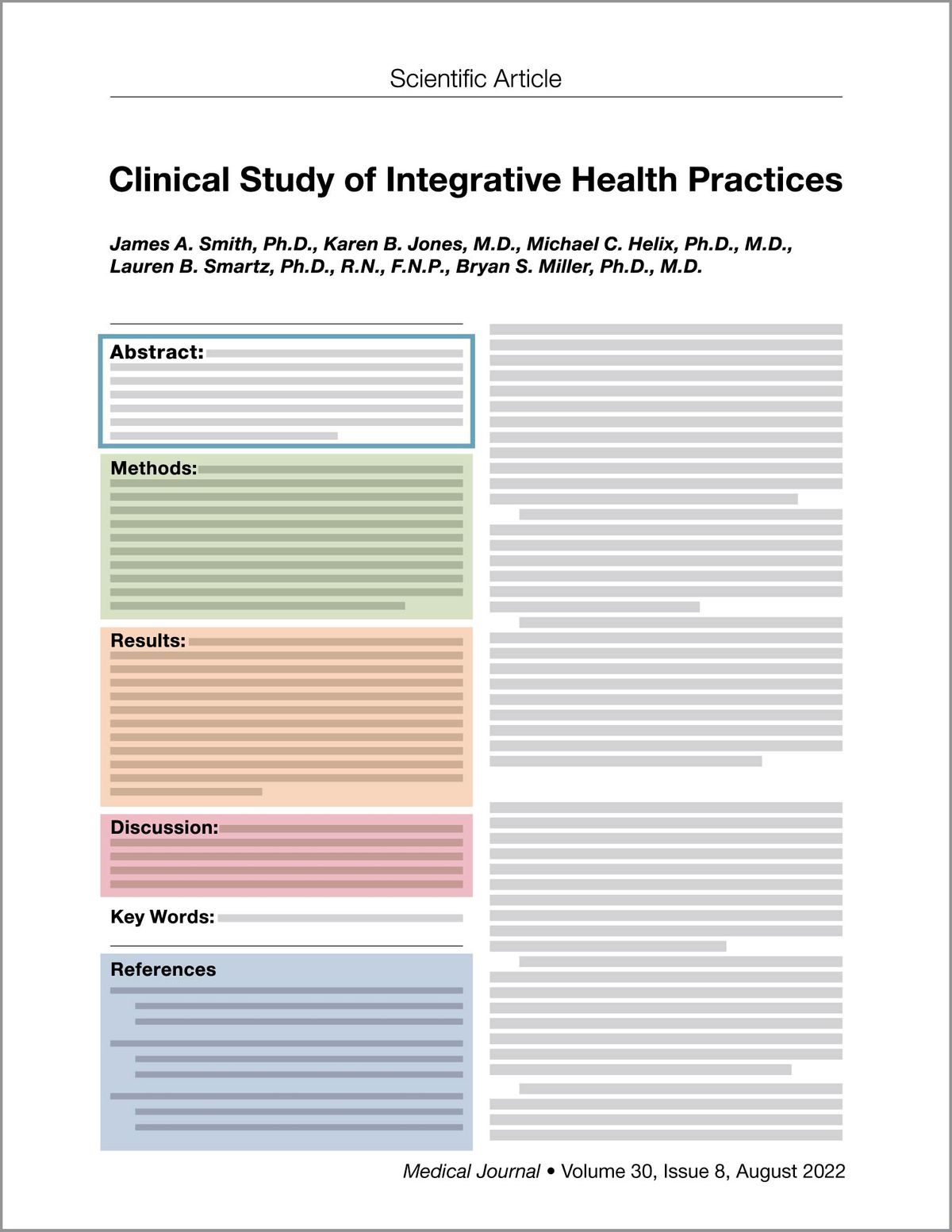
Abstract
A brief description of the key points you will find in the paper. This can include:
- Objectives: What questions the researchers hope to answer.
- Methods: What type of study the researchers used to conduct the study.
- Results: What the researchers discovered.
- Discussion/conclusion: What the results mean and/or the author’s interpretation of the results.
Methods
Detailed information on the type of research or approach used, the study’s design, the participants, the measurements or outcomes recorded, and steps taken to avoid bias.
Types of Research
- Basic research: Scientists ask questions about theories or concepts, and test hypotheses to improve scientific knowledge. It’s the first step in any research.
- Translational research: Researchers build on the observations and results of basic research to develop and test new ways to prevent, detect, or treat conditions and diseases.
- Clinical trials: Well-planned clinical trials are done with people and may vary in size and type. Clinical trials give the clearest information about whether a treatment or a lifestyle change is effective and safe in humans. However, because they are complicated, lengthy, involve many research participants and can be very expensive, they are usually done only after smaller preliminary studies have been completed.
- Systematic reviews and meta-analyses: When researchers review each other’s research to check for quality and look for converging evidence among studies, they may write systematic reviews and meta-analyses. These look at different studies on the same topic. When many studies come to the same conclusion, it helps us know that the results are reliable and valid.
While all research studies are important and contribute to our knowledgebase, clinical trials are the types of studies you probably hear about most often in the news. They can have the most immediate impact on improving health and treating disease.
Design of the Study
In a controlled clinical trial, researchers compare the effects of different treatments in groups of study participants who are as identical as possible in all other respects. Participants are assigned to either a “control group” or an “experimental group.”
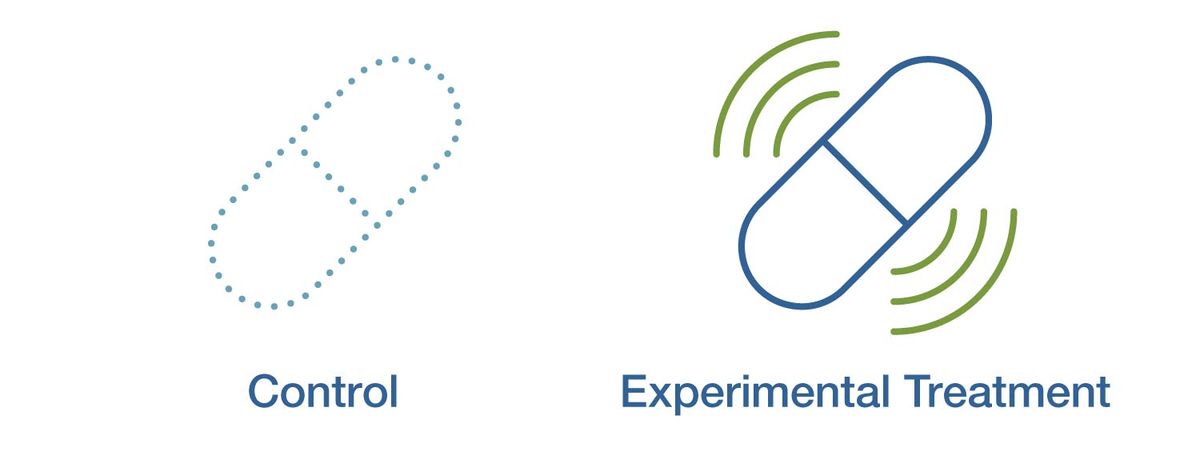
Study A
Controlled clinical trial—results from the experimental group, who receives an experimental treatment or care, are compared with the results of the control group, who receives standard care or an inactive substance.
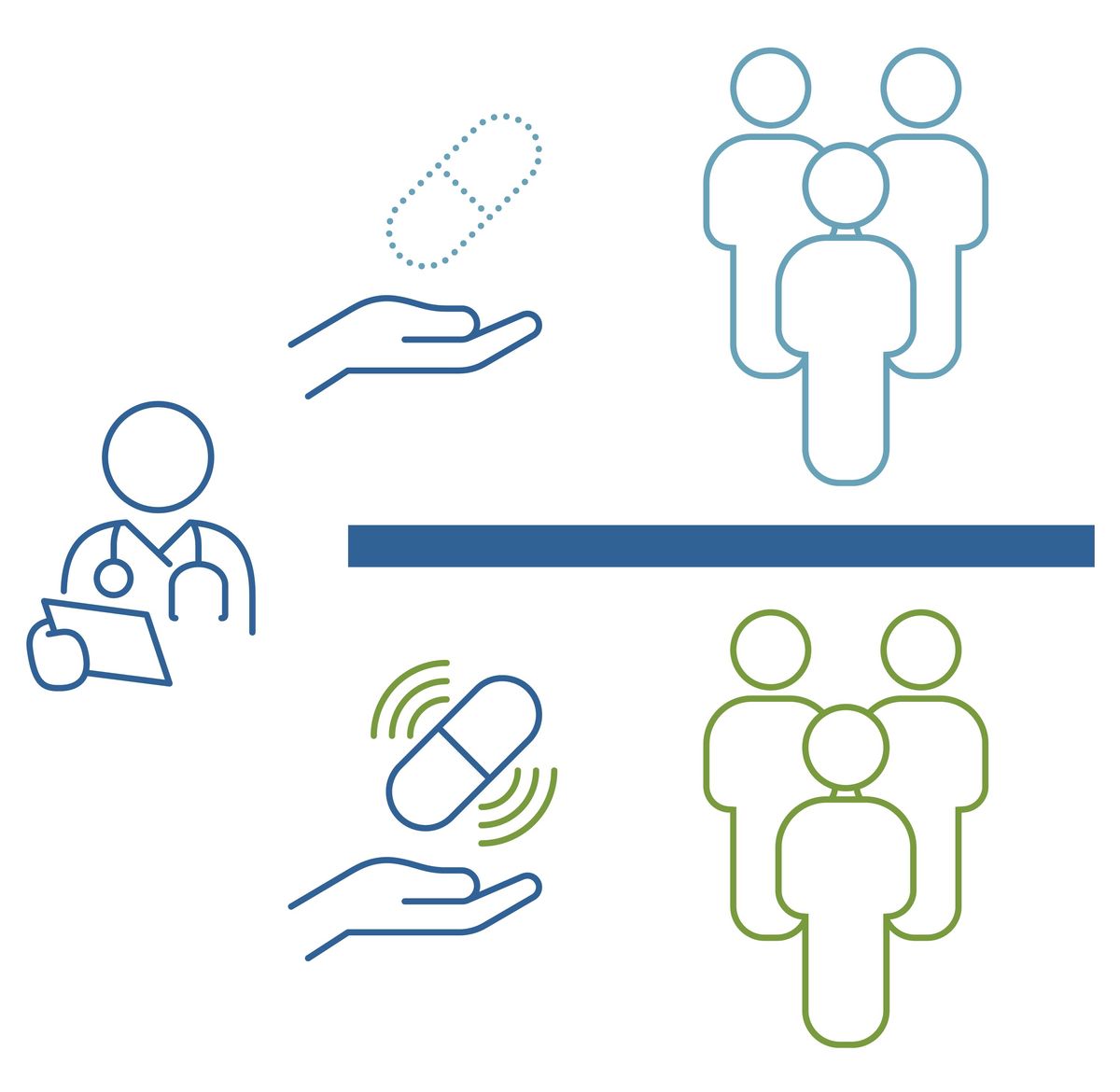
Study B
Double-blind, controlled study—the experimental group receives the treatment being studied and the control group receives standard care or an inactive substance. Neither the participants nor the researchers know who is in the experimental or the control group.
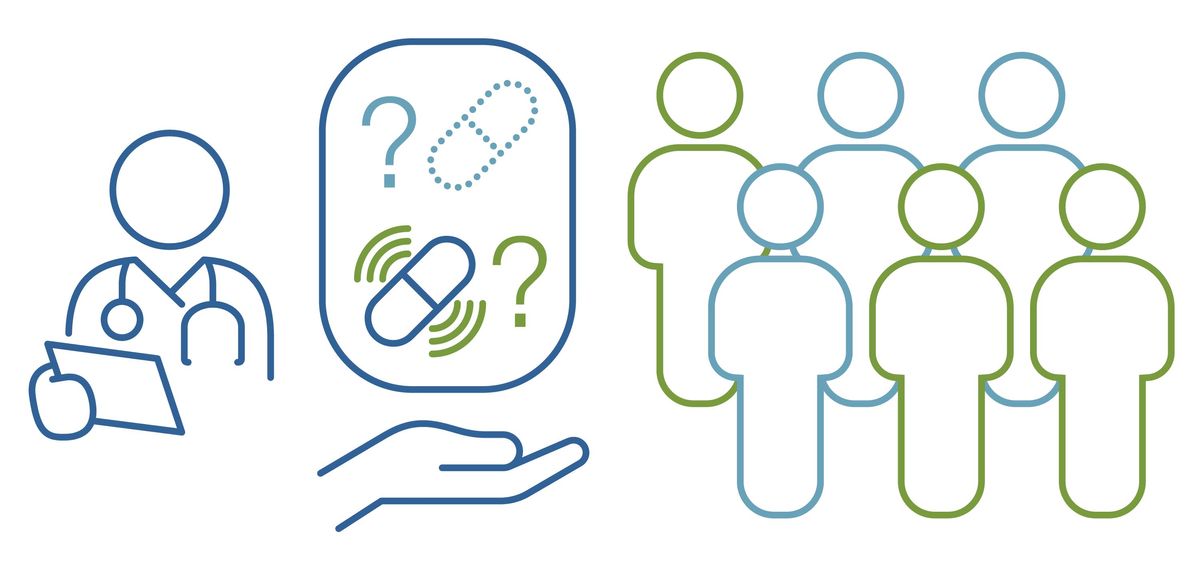
Size of the Study
The number of people participating in a study, or the sample size, can affect the outcome of a study and what the results mean.
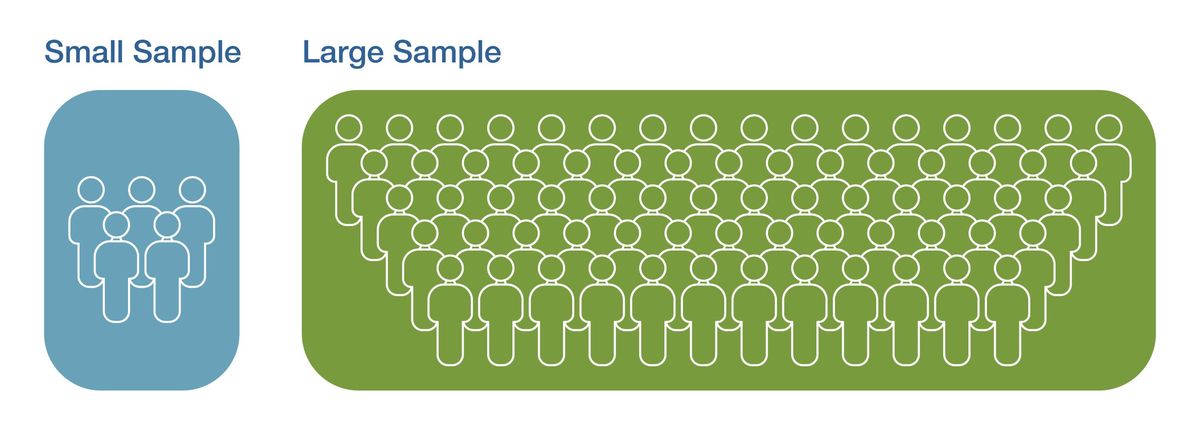
- Small sample sizes may produce inconclusive results.
- Small sample sizes are more likely to produce results due to chance.
- Large sample sizes may give more reliable results.
- Large sample sizes may better reflect the population.
- Large sample sizes may increase the chances that the result was accurate.
Minimizing Bias
It can be surprisingly difficult to avoid bias in clinical trials. If either patients or investigators know which treatment a patient received, it may affect their impression of whether the patient improved—no matter how hard they try to avoid it.
Tip: It’s important to look for what steps were taken to minimize bias. Look at the study’s design to see if the trial was “blinded” or “masked” so that neither the participants nor the investigators knew who was receiving which treatment.
Results
What the study showed.
The data, summaries, and analyses of the study are presented in this section. Tables, graphs, and charts that show the results are often included.
To better understand the results, you can ask these questions:
- How do these results compare with previous studies?
- A single study rarely provides a final, definitive answer.
- Repeating a study using the same methods with different volunteers and investigators helps us know that the results are reliable and valid.
- What do “statistically significant” and “clinically significant” mean?
- “Statistically significant” means the differences observed between the groups are real and not likely due to chance.
- Clinically significant is a measure of the size of the effects observed in the study, which shows the impact of the treatment.
- A study can find statistically significant differences between two treatment groups, but the differences may be so small that they are not clinically significant in terms of usefulness for patients.
- Are there potential conflicts of interest?
- Did the study sponsor or the investigators have any financial or reputational "stake" in the outcome?
- Most medical journal articles include information about relevant financial relationships.
Discussion and Conclusion
What the results mean.
This is where you can often find out how the study relates to your own health.
- This section includes the authors’ explanation of, and own opinions about, what the results mean.
- Since the conclusions are the authors’ own, others may or may not completely agree with their explanation of the results.
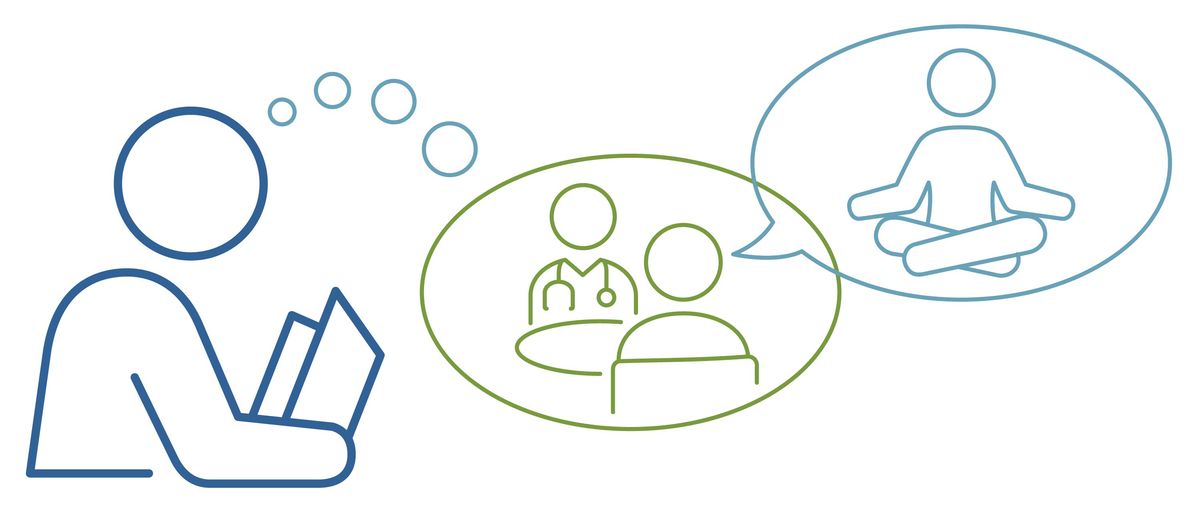
References
Previously published articles the authors used to review what related research was done before, to help design the study and interpret its results.
